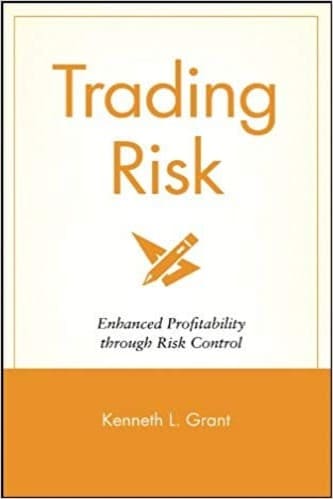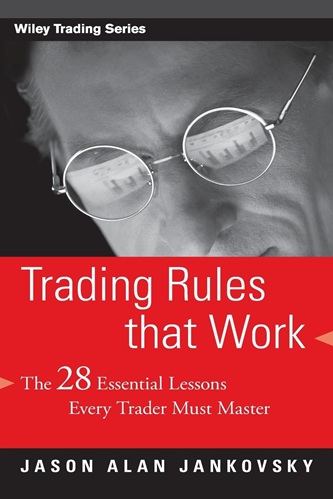Trading Risk: Enhanced Profitability through Risk Control
$22.02
| Author(s) | |
|---|---|
| Format |
|
| Pages |
272 |
| Publication Year |
2004 |
Trading Risk: Enhanced Profitability through Risk Control details a risk management program that can help both money managers and individual traders evaluate which elements in a portfolio are working efficiently and which aren’t. By illustrating an extremely simple set of statistical and arithmetic tools this book can help readers enhance their performance in many financial markets.
Author’s Introduction:
This book, will show you how to implement a risk management program and how to stick to it. I promise that you won’t regret it. The idea will be to create a system that will protect your capital and grow your returns. We will not be focusing on what markets you should trade or which specific financial instruments you should use or what trades you should put on once you have made these decisions for yourself.
In these areas, you’re pretty much on your own. Our work together will largely be confined to creating a tool kit that will help you understand the statistical characteristics of your portfolio and to defining ways to use these statistics to effect portfolio decision making that is consistent with your financial objectives and associated constraints.
You can think of this book as a practical guide to the art and science of risk management. I hope that once we’re through, you’ll agree with me that this is a unique perspective on this topic, primarily because of its direct focus on how to actually devise and execute a risk management strategy for your portfolio. It’s not that we will ignore entirely the concept of risk estimation, which, near as I can tell, is the all-encompassing obsession of the risk management literature published thus far.
No, we won’t forsake these mysteries; rather, we will reduce them to the simplest mathematical forms possible, such that they are both understandable and applicable to the practical situations you will face as a portfolio manager. Perhaps more important, we will use risk estimation merely as the starting point for our risk management program, rather than as an end in itself. We will focus most of our time on discussing how to use these and other tools to deal effectively with such real-life portfolio management problems as:
- Determining the levels of exposure most consistent with our objectives, in light of our constraints.
- Identifying alternatives for risk adjustment whenever exposures fall outside of these ranges.
- Anticipating and correcting for internal and external factors that create incentives for portfolio managers to take action that works against their interest from a risk management and capital preservation perspective.
Contents:
- The Risk Management Investment
- Setting Performance Objectives
- Understanding the Profit/Loss Patterns over Time
- The Risk Components of an Individual Portfolio
- Setting Appropriate Exposure Levels (Rule 1)
- Adjusting Portfolio Exposure (Rule 2)
- The Risk Components of an Individual Trade
- Bringin’ It on Home
Trading Risk: Enhanced Profitability through Risk Control By Kenneth L. Grant pdf









